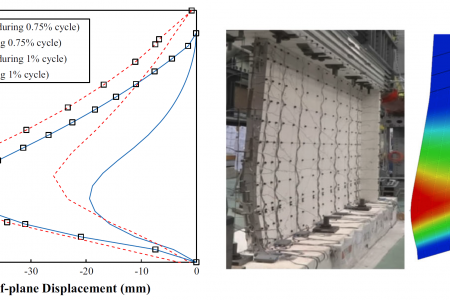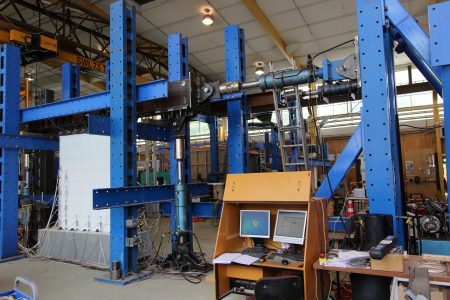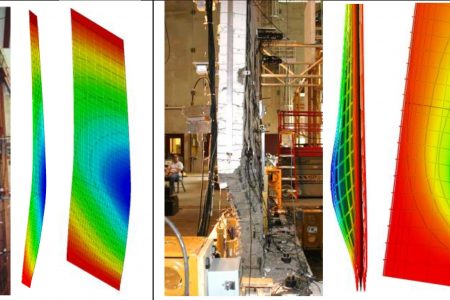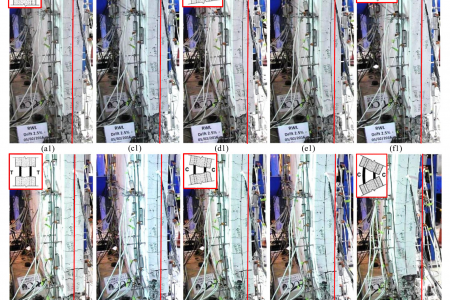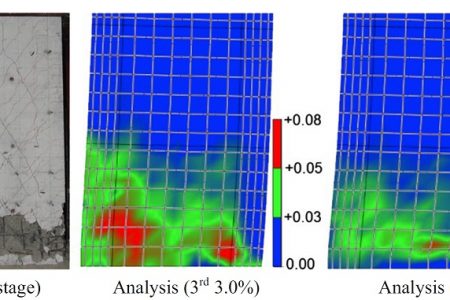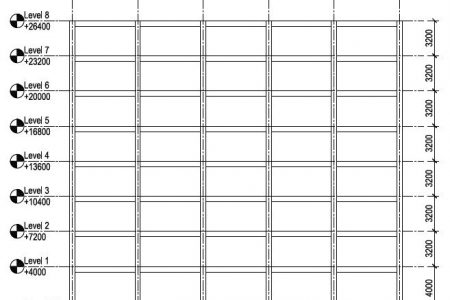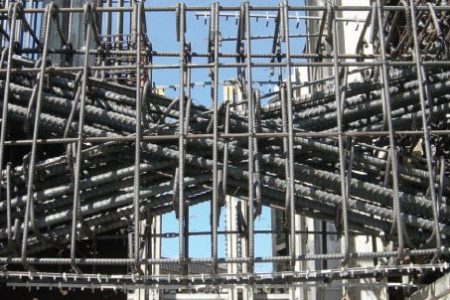Principal Investigator Dr R Henry, University of Auckland
After the Canterbury Earthquakes the Royal Commission and SESOC raised issues relating to the design of lightly reinforced and precast concrete walls. This research project looked to address and give guidance on the following:
• Determine minimum reinforcement requirements and deformation capacity of for lightly reinforced walls.
• Determine the deformation capacity of older singly reinforced walls.
• Evaluate the capacity of precast walls with grouted connections and identify improved connection details.
• Evaluate out-of-plane deformation capacity of base connections for singly reinforced walls, including bi-directional loading.
A series of 47 wall experimental tests and extensive numerical modelling was undertaken to verify the behaviour of existing wall designs, as well as to investigate improved design procedures and details. A further 38 tests conducted prior to the commencement of this research project were analysed to maximize the data set available.
The research has led the the publication of numerous journal papers and direct contributions to New Zealand and overseas standards. Major outcomes are listed as:
• Adoption of proposed minimum vertical reinforcement requirements in NZS 3101:2006 (A3) – published July 2017.
• Acceptance of proposed minimum vertical reinforcement requirements by ACI 318.
• Recommendations made to C5 review committee of the MBIE seismic assessment guidelines.
• Guidance drafted on connection detailing of low-rise precast panels and initiation of joint ConcreteNZ and SESOC guidance document.
Work on this topic is ongoing, with further work being undertaken which aims to provide additional guidance to practicing engineers.
